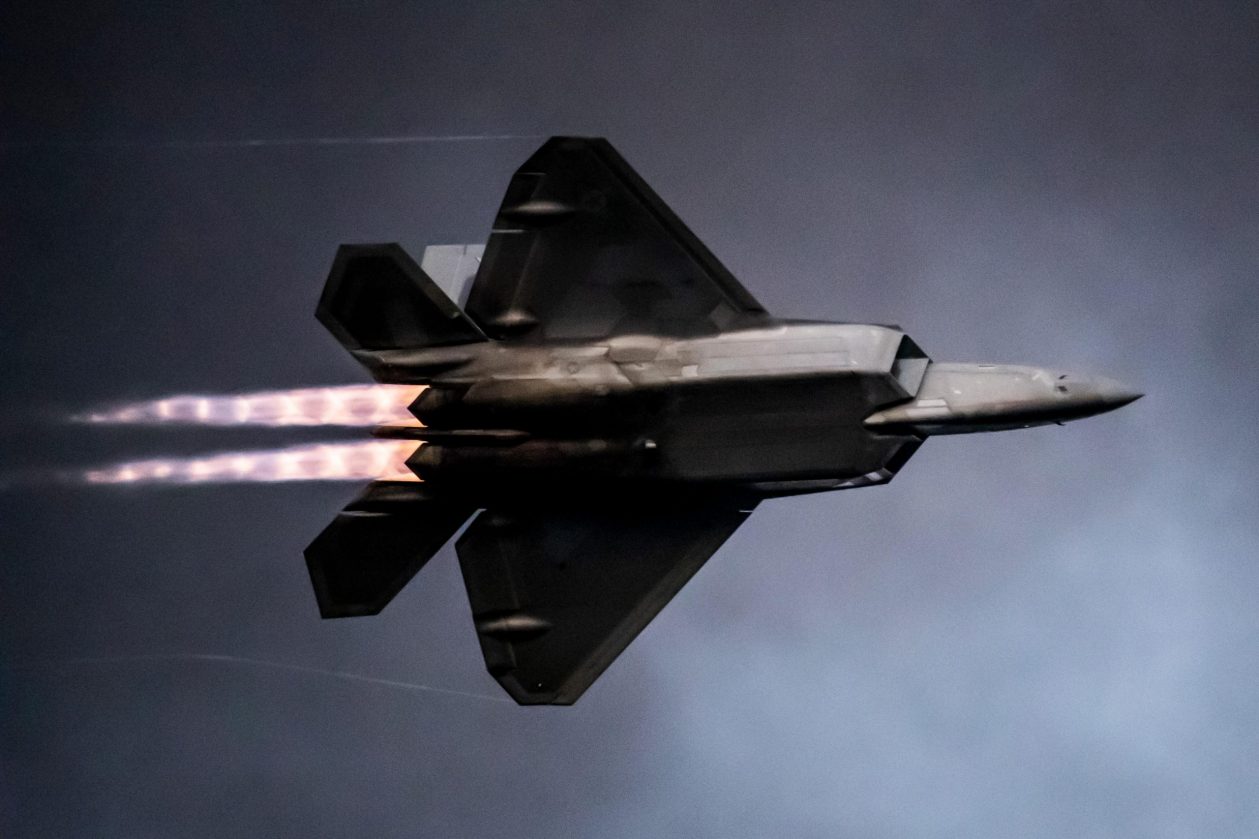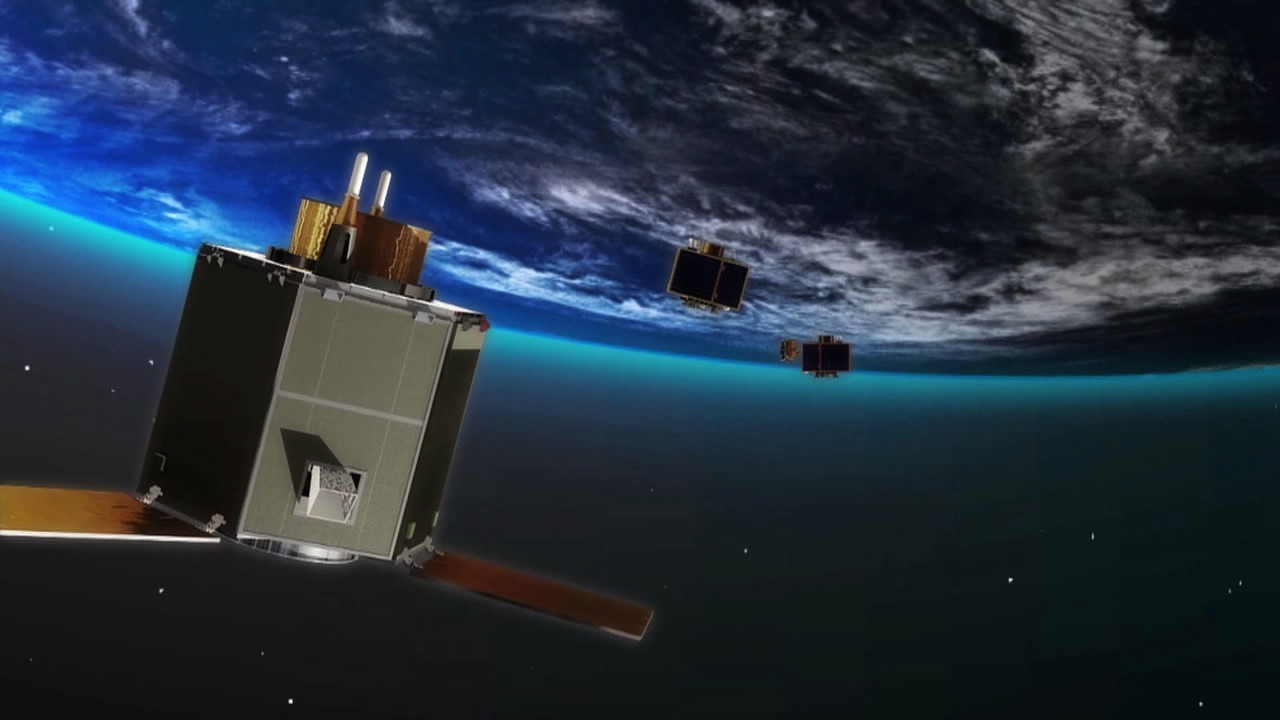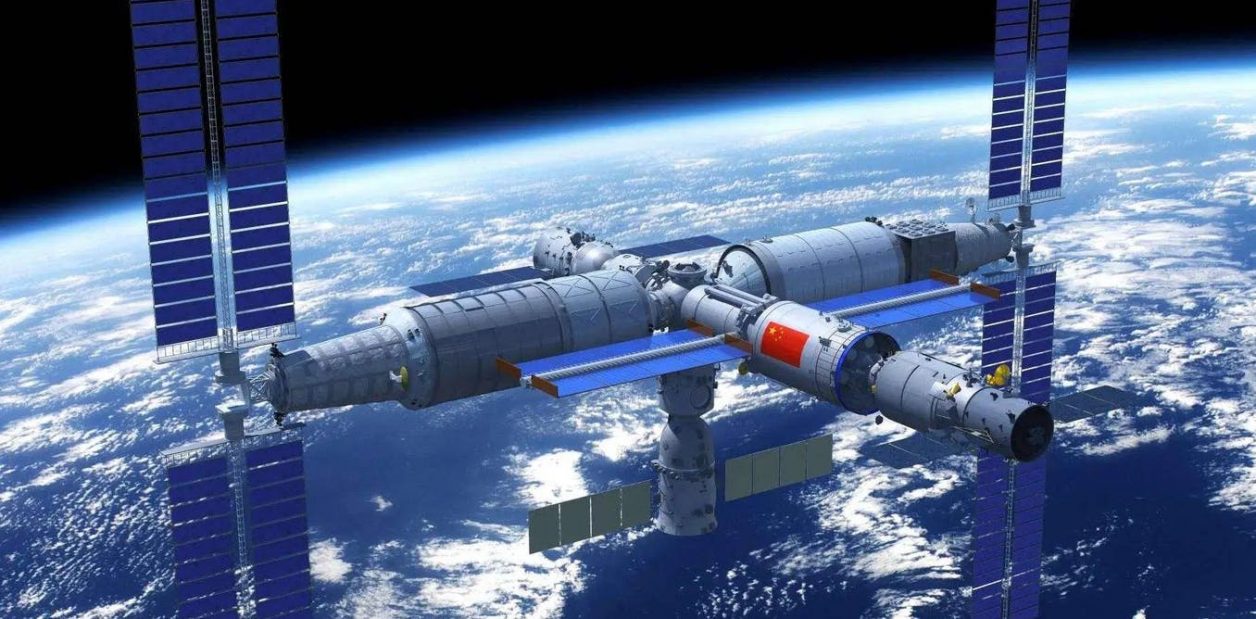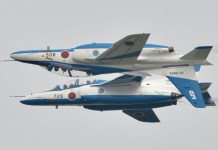China is reportedly developing an advanced artificial intelligence system that could turn low-cost commercial satellites already orbiting the Earth into potent spy platforms. Reports suggest that it may have a success rate roughly seven times greater than existing technology.
Ukraine’s ‘Digital’ Soldiers Use British ‘Star’ Missile To Shoot-Down Russian Attack Chopper; Marks First Kill For UK MANPADs
This system is being developed by Chinese military researchers, who say that it is capable of tracking moving objects as small as a car with extraordinary precision, reported Chinese media.
The challenge of distinguishing a target via satellite footage was illustrated in 2020 when a Chinese space company released a video clip taken by Jilin-1, a small satellite. The satellite was presumably pursuing a cruising fighter jet from an altitude of almost 500km (310 miles).
Changguang Satellite, the manufacturer of the Jilin-1 Satellite, released that footage, which was extensively shared on Chinese social media platforms. A fighter plane can be seen flying over the city in the video. The company also put a caption beneath the video, allowing internet users to identify the fighter’s type.

Many internet users speculated that the fighter jet was most likely the US-made F-22 stealth fighter. Its horizontal tail and wing were similar to those of the F-22 fighter, leading to the assumption. This entire predicament was ostensibly the catalyst for the development of new technology. The plane in the video was approximately 20 meters (65 feet) in length.
F-22?
Jilin-1 video satellite is designed to capture videos with a ground resolution of 1.3MP, capable of acquiring 4K HD color video images, long-term dynamic real-time monitoring for the target with fast maneuverability. pic.twitter.com/AjfNfMvFqM— Eva (@evazhengll) September 18, 2020
The commercial satellite’s camera, which has a resolution of around 1-meter, would only produce a few pixels of the small target. It is even more difficult to recognize an object when there are fewer details in the image.
Since each frame of the satellite footage encompassed more than 10 square kilometers, a small target like a car could fade into the background or be confused with other cars. This will probably make tracking its path from orbit virtually impossible.

The Chinese team claimed that its new AI technology had attained 95% precision in finding a small object in the videos recorded by Jilin-1, with a success rate approximately seven times greater than existing technology.
Hypersonic Air-Breathing Missile – America’s ‘Secretive’ HAWC Program Looks To End Russian Hegemony In Hypersonic Tech
Lin Cunbao, a researcher from the People’s Liberation Army’s Space Engineering University in Beijing, and his colleagues made these claims.
The Issue With Existing Technology
Jilin-1 was China’s first commercial Earth observation satellite. It was launched on 7 October 2015. The Jilin-1 weighed less than 100kg, compared to standard spy satellites that carry a large telescope (220 pounds). It orbits the Earth at a low altitude, which allows it to achieve higher resolution. However, it can only stay over an area for a short time.
After the first Jilin satellite was launched, approximately 40 more joined the family to establish a global monitoring network capable of detecting a wide range of signals, from visible light to heat traces, at practically any time, anyplace.
In the near future, the constellation is projected to be expanded to 138 satellites, allowing for high-resolution imagery and considerable commercial service. Despite their strengths, Lin claims that most commercial satellites would be unable to pursue a small moving target due to technical limitations.

A satellite video stream, which typically records roughly 15 frames per second, has a far lower resolution than a motionless picture taken by the same camera. Due to the obvious satellite’s high speed, practically everything in the video is moving, such as buildings and their shadows, leaving standard technologies built to identify motion against a fixed landscape less efficient.
The flexibility of vehicles on the ground to stop unexpectedly, make a quick turn, or move under a bridge or through a tunnel adds more complexity to the process. According to the researchers, even a well-trained AI program could lose track of its subject if half or all of an object vanishes.
How Will The New Technology Work?
Upon losing the target, the AI used to conclude it had got it wrong and input the negative information into the learning process, which would drastically lower its overall effectiveness.
Lin’s team claimed to have created a more trustworthy AI based on a traditional machine learning algorithm that had only obtained about 14% success in analyzing satellite video prior to the team’s improvements.
Additionally, When the target was temporarily hidden in the new iteration, the machine did not second-guess itself. Rather, based on previous experience, it would predict the target’s possible position and resume tracking along the path it anticipated the target would travel. The Chinese researchers claimed that the new technology could reclaim the target as soon as it resurfaced as a result of this system modification.

Currently, visual data from the satellite must be relayed to a ground station or communication relay satellite nearby and analyzed by a powerful computer, resulting in a considerable time delay if the target is on the other side of the planet.
According to academics working in these initiatives, some new Chinese Earth observation satellites deployed in recent years contain processors that may be loaded with the newest AI algorithm to autonomously detect and track moving targets in real-time without any ground support.
China has made significant progress in space in recent years and is already working on other initiatives to broadcast high-definition video from orbit.
As previously reported by EurAsian Times, China will soon launch the Luojia-3 01 satellite which will test a novel technology that might provide smartphone users reasonably close access to high-definition cameras in space.
- Contact the author at ashishmichel@gmail.com
- Follow EurAsian Times on Google News




